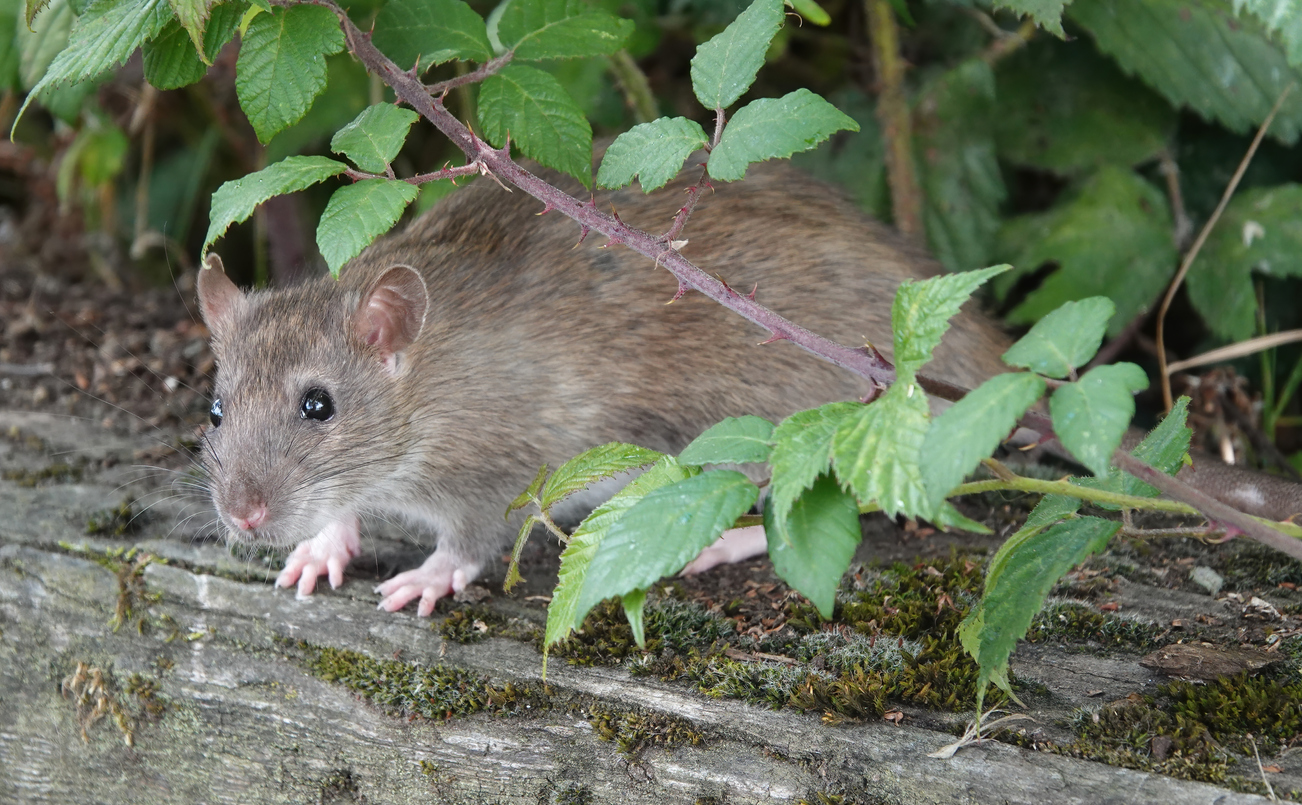
Spatial Modeling Used to Analyze Gene Drives for Vertebrate Pest Control
March 30, 2022| |
Researchers used modeling to evaluate how effective gene drives could be in controlling populations of vertebrate pests.
Invasive alien species are a leading cause of extinction, threatening global biodiversity. CRISPR-based gene drives, which can spread through populations, are being investigated to reduce or eliminate these species from native ecosystems. A team of researchers from The University of Adelaide and the University of Auckland developed an individual-based, spatially explicit, stochastic model to simulate the ability of CRISPR-based homing and X chromosome shredding drives to eliminate populations of invasive house mice from islands. Through the model, they investigated the combined impact of the efficiency of the drive constructs and the spatial ecology of the target population on the outcome of a gene-drive release.
The findings show that both gene drive strategies could be used to eradicate large populations of mice. The researchers also reported that assumptions regarding the spatial ecology of mice had an impact on the probability of and time needed for eradication.
Based on the results, it was concluded that aside from the gene drive design, accurate information on spatial ecology of target species is also vital in predicting the outcome of potential gene drive releases.
Read the research article in Molecular Ecology.
| |
You might also like:
- What is Gene Drive?
- Survey Reflects US Public Views, Knowledge on Gene Drives
- Researchers Develop First Gene Drive Targeting World's Invasive Crop Pest
Biotech Updates is a weekly newsletter of ISAAA, a not-for-profit organization. It is distributed for free to over 22,000 subscribers worldwide to inform them about the key developments in biosciences, especially in biotechnology. Your support will help us in our mission to feed the world with knowledge. You can help by donating as little as $10.
-
See more articles:
-
Gene Drive Supplement (March 30, 2022)
- Gene Drive Research Makes Exceptional Progress
- Research Shows Gene Drive Mosquitoes Could Help Malaria Elimination
- Key Insights from Existing Mosquito Control Methods Can Help Guide Gene Drive Technology in the Field
- CRISPR-based Gene Drive Tested in the Diamondback Moth
- Spatial Modeling Used to Analyze Gene Drives for Vertebrate Pest Control
- Study Shows California Residents' Perceptions of Gene Drive Systems to Control Mosquito-Borne Diseases
-
Read the latest: - Biotech Updates (December 10, 2025)
- Gene Editing Supplement (November 26, 2025)
- Gene Drive Supplement (February 22, 2023)
-
Subscribe to BU: - Share
- Tweet

